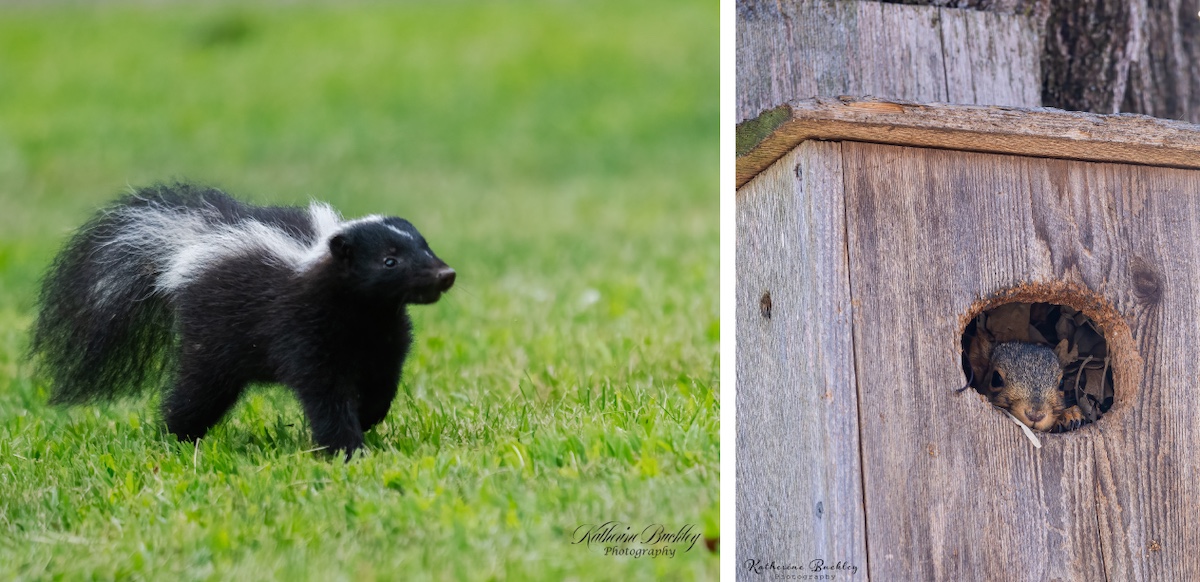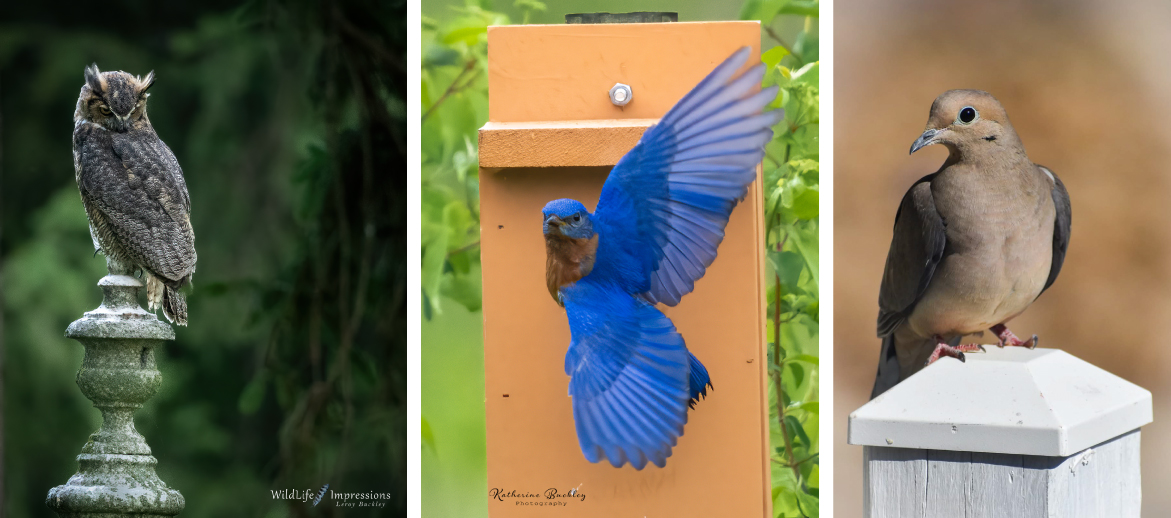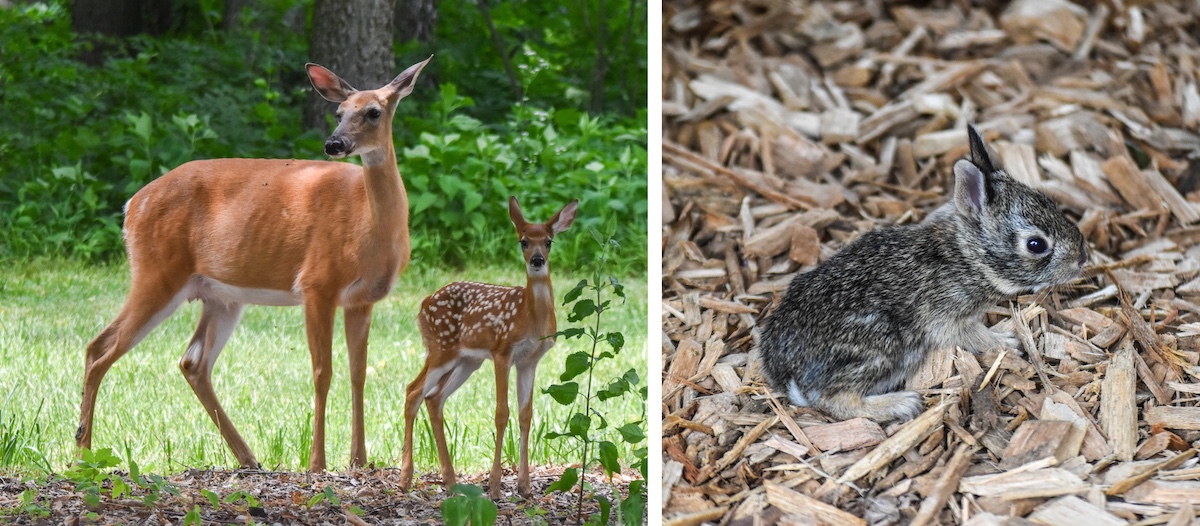
Photo by Kathy Buckley.



Photo by Kathy Buckley.
For more than two decades, researchers at the Illinois Natural History Survey have tracked how residents of the Greater Chicago Metropolitan Region interact with wildlife. From backyard bird feeders to coyote dens, the results of studies conducted in 2000, 2012, and 2025 tell a similar story: people care about wildlife in their neighborhoods, and they are finding ways to live alongside it.
Even in one of the most densely populated regions in the U.S., wildlife is part of daily life. Across each of the three studies conducted since 2000, a vast majority of homeowners emphasized the importance of seeing wildlife near their homes. By 2025, nearly 90 percent of respondents agreed that seeing wildlife in their day-to-day activities was meaningful to them and 70 percent said they were taking measures to support various species on their property, most notably by planting flowers, reducing pesticide use, or providing water and shelter.
Over time, feeding wildlife has remained popular, with around 40–45 percent of respondents feeding animals near their home and most doing so year-round. However, positive reactions have often come with challenges. In 2000, a small portion of respondents reported conflicts with wildlife, and by 2025 that number had grown to 65 percent. Commonly cited issues included digging, damage to yards or landscaping, and animal droppings. Unsurprising to many, squirrels, raccoons, and skunks were the top perpetrators in every study.

Nonetheless, many residents choose to address negative wildlife encounters on their own. The majority spent less than $50 on mitigation efforts and fewer than 20 percent turned to professional removal services. While satisfaction with private services has increased (from 62 percent rating them as “Good” or “Excellent” in 2000 to 80 percent in 2012) access to and use of these options remains limited.
One of the most persistent trends is the lack of communication with wildlife agencies. Across all three studies, very few residents requested or received information from state or local officials. By 2025, nearly 80 percent of respondents had never contacted a wildlife agency and most also couldn’t rate the effectiveness of government wildlife management efforts at any level.

Despite limited contact with official agencies, the 2025 study revealed a growing awareness of broader conservation issues among residents. Nearly 90 percent recognized pollinators such as bees and butterflies in their neighborhood, and 65 percent reported taking action to support them. At the same time, concern over tick-borne illnesses was widespread, with 95 percent of respondents having heard of Lyme disease and more than half having found a tick on themselves or a family member. These findings highlight a growing shift in how urban residents perceive wildlife, not just as occasional visitors or nuisances but as part of an urban ecosystem linked to public health, environmental stewardship, and individual responsibility.

As cities continue to expand, human-wildlife relationships are becoming increasingly important. In one of the nation’s largest metro areas, Chicago-area residents continue to show an appreciation for wildlife and their willingness to support it, whether by feeding birds, planting pollinator gardens, or managing yards with animals in mind. Although conflicts persist, so does a clear desire to coexist. With stronger communication and outreach, conservation agencies and local organizations have an opportunity to help residents reduce conflicts, support wildlife species, and protect public health while preserving the everyday marvel of living with nature in the city.
Dr Samantha G. Pallazza jest starszym pracownikiem naukowym w Human Dimensions Research Program w ramach Illinois Natural History Survey na Uniwersytecie Illinois. Jej główne badania koncentrują się na integrowaniu nauk społecznych z planowaniem ochrony przyrody, użytkowaniem zasobów naturalnych oraz zarządzaniem dziką przyrodą.
Dr Craig A. Miller jest kierownikiem Human Dimensions Research Program w Illinois Natural History Survey na Uniwersytecie Illinois. Jego głównym obszarem badawczym są społeczne aspekty zarządzania dziką przyrodą (zwłaszcza w kontekście myśliwych), ze szczególnym uwzględnieniem włączania wyników badań społecznych do planowania i programów zarządzania prowadzonych przez agencje stanowe.
Prześlij pytanie do autora